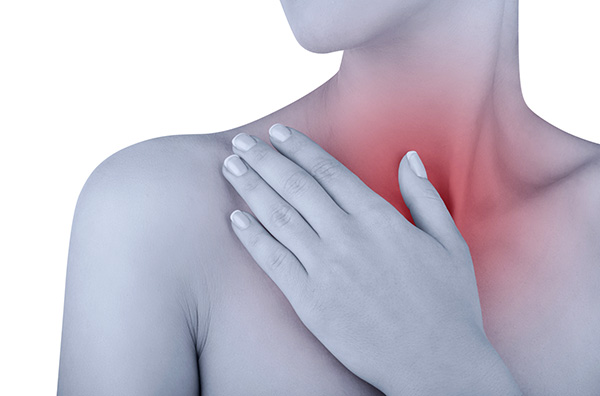Gastroesophageal Reflux – Recommended Food
For people who suffer from gastroesophageal reflux disease, the way they eat is almost as important as what they eat. Meals must be taken regularly, avoiding snacking at night. Is indicated not to lay in a horizontal position immediately after eating. Careful selection of food is also essential. Symptoms of the disease can be reduced by eating foods with low fat content and high in dietary fiber (whole grains, fruits, vegetables, lean meats).






